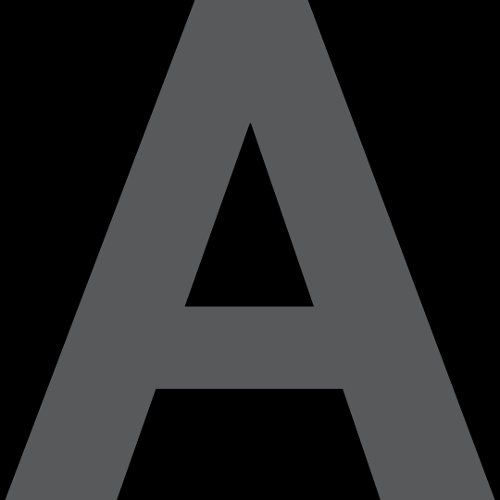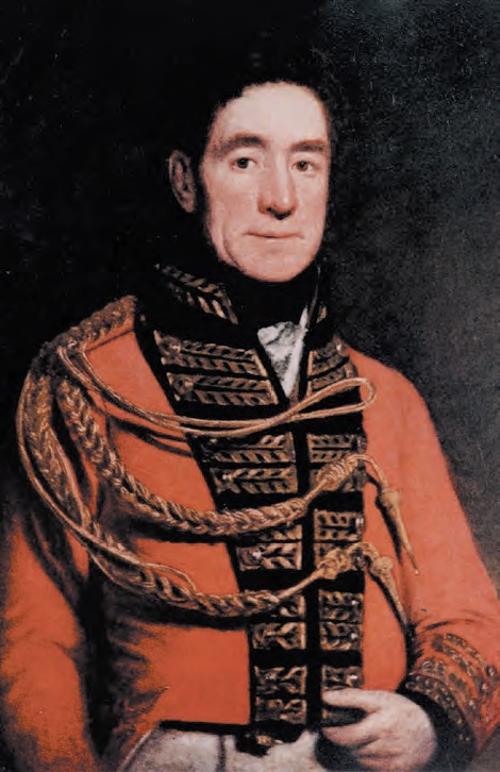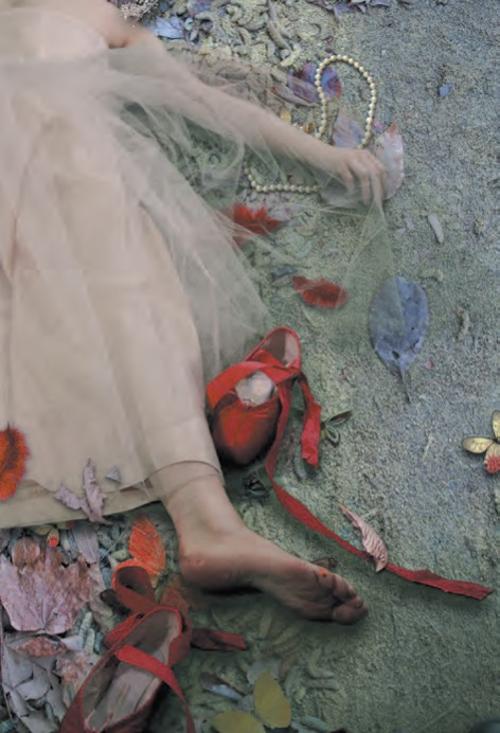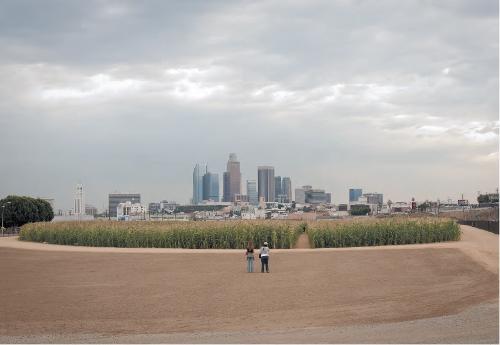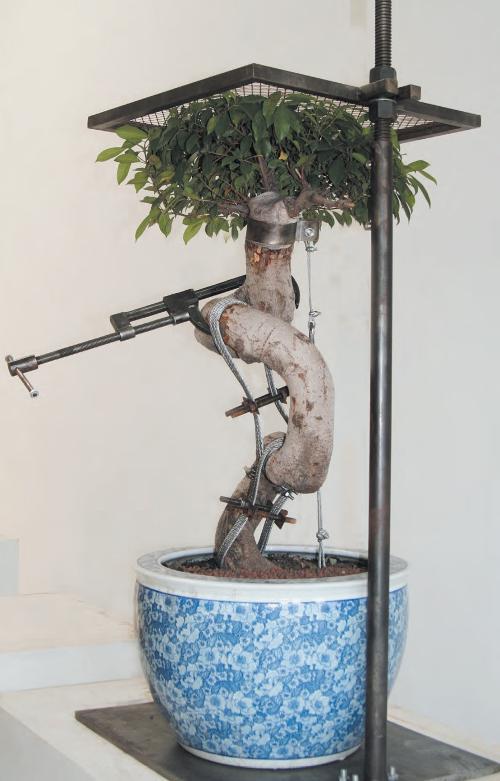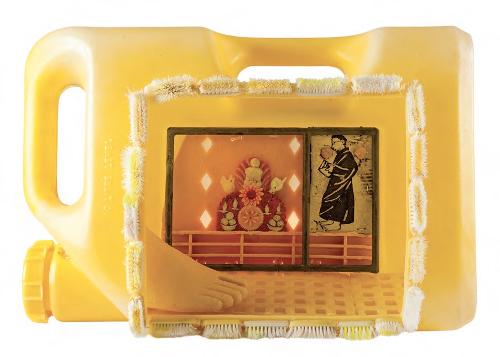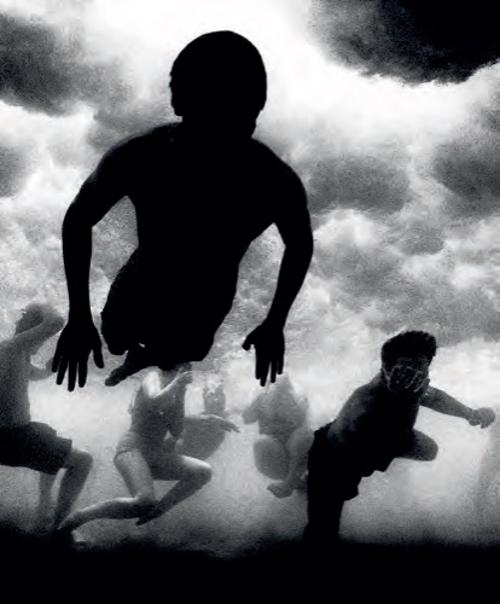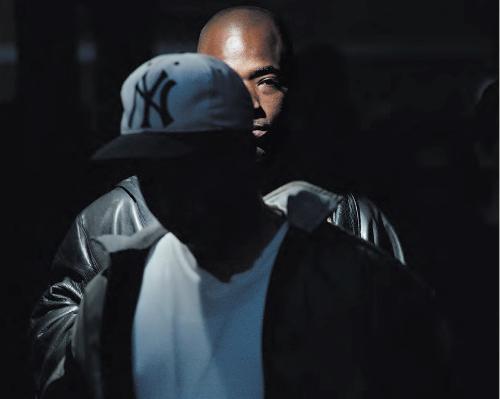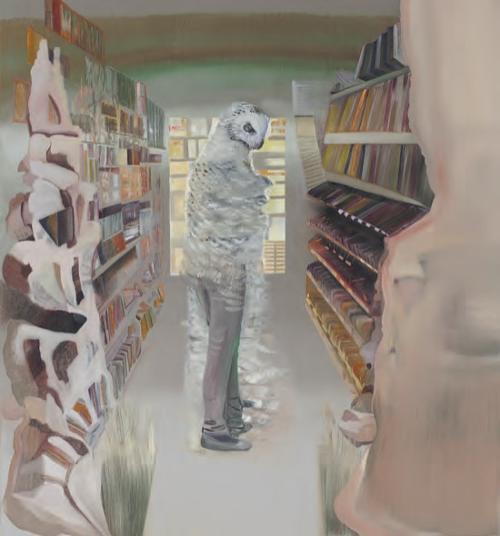
'CACSA Contemporary 2010: THE NEW NEW' is a multi-venue, biennale-style program involving forty-four South Australian artists across twelve venues, radiating out from the focal heart of the project: the cavernous, gutted remains of The Gallerie, a long empty shopping centre on North Terrace. Facing away from the shops, toward Adelaide's 'cultural strip’ this site opens an evocative space between Mall and Museum. 'THE NEW NEW', according to CACSA Director Alan Cruickshank, "declares a historical connection" appropriating the name and agenda of local 80s exhibitions at Anima Gallery - The New and The New New which presented the ‘energy and dynamism’ of a cross-section of Adelaide artists at that time.
In the Summer Issue of 'Art & Research' (2007) Berlin-based art critic Jan Verwoert notes changes in attitudes around the idea of the new and the use of appropriation: from the Modernist insistence on the revolutionary, evolutionary value of the radically new, through the post-modern paradigm which conveyed a sense of frozen time, mirroring the stalemate of Cold War divisions and fears of nuclear immolation. In contemporary culture by comparison, a sense of historical time has sprung up again, but differently: “not the linear and unified timeline of steady progress imagined by modernity, but a multitude of competing temporalities... a surreal texture of criss-crossing timelines”. Verwoert suggests that appropriation today operates in the mode of invocation, and this is how I experience 'THE NEW NEW' - performing dispersed flows across artistic and cultural borders that once seemed impermeable; no longer asserting a loss of history, but rather, inhabiting a sense of its ‘excessive presence’ and calling forth, invoking anew, the ambiguous presence of multiple unclosed histories.
In the Rare Books & Special Collections section of the Barr Smith Library, Angela Valamanesh presents 'A Little Bit of Everything', a series of delicate, precisely articulated sculptural and painterly responses, which can be viewed alongside glass-topped cases protecting and displaying her source material: early publications from the Collection that include images illustrating the tiny new worlds opened up by the invention of the microscope in the 1500s. The atmosphere is quiet, restrained, and immersive. Upstairs and across North Terrace, The Gallerie offers openings to other worlds. The front door is cracked, the lower levels barred. Sam Songailo’s hard-edged abstract paintings line every edge and crevice of the entrance stairwell, affecting a crisp frame for disheveled ceiling panels and criss-crossing wires. The patterns are dazzling, an opening which is subsequently and differently energised by the soft tones within the space: the serene, proliferating exuberance of Roy Ananda’s painted monumental cubby/crates (which seem to have halted momentarily mid-construction) and Jonathan Dady’s full-scale cardboard boat An Uncertain Vessel, miraculously held together with simple engineering and masking tape, its massive bulk propped with wooden sticks. Both are offset in scale, their manufactured materiality juxtaposed with the raw wooden nature of Bridget Currie’s 'Trees among people'.

Julie Henderson’s 'Incantation for the slim chance...and this applied to rocks' also props, wedges and meticulously arranges household ephemera, displaced bits and pieces that achieve animate sentience in concert with rubber skid marks indexing action: tables climb walls, wheels intermittently spin and an empty terrarium is busily aerated, while a fake log heater warms the space with a splash of orange. Deeper in the building Julia Robinson’s circle of upholstered goats blindly inscribes a black motionless circle adjacent to Nicholas Folland’s clustered overgrowth of chandeliers. In the very centre of the site, Christine Collins’ 'I have given them the last rites' lines the temporary walls shielding the void of the escalator shaft in storyboard format; a narrative comprising traced stills and transcribed scripts from the 70s zombie movie 'Dawn of the Dead' in which survivors barricade, cloistered and dissembling, in a shopping mall; an allegorical storyline presented as blooming echo of a persistent consumerist ennui. Beside the impossibly effort-less effort of KAB 101’s exquisite calligraphic adornment, Siamak Fallah presents five conversations which together address the ambivalent under-stories of Adelaide’s polite, comfortable urbanity: racial exclusion, the ubiquity of both murder and love, and the unthinkable proximity of terror.
After almost a week of opening events at various venues I am left impressed by the provocative presence of co-existing voices, multiple histories. While the singularity and vitality of each individual artistic practice is clear and explicated in a free well-illustrated guide, at the same time, there is a strong sense over-all of conversation: an interplay of interests and affects that resonate across the installations and exhibition spaces, in many more works than space allows mentioning here. The program incorporates thought-provoking curatorial themes indicated discretely on the venue pages of the guide - they are Australiana, domestic space and formalism.
An “expanded sense of Australiana” can be viewed from the vantage of the SASA gallery entrance as a series of multiple panoramic and experiential horizons. In foreground is Lee Salomone’s 'Strange Bunch', stacked horizontal lengths of worn wooden planks (trade implements of migrant workers). Suspended aloft, resonant of the serried grids of Minimalist sculpture, each casts a shadow: an echo of its previous use. Ian North’s photographic work 'A Short Walk in the Country' suggests another – pastoral – horizon. Above is an aphorism attributed to Mark Rothko: 'ART IS ECSTATIC OR IT IS NOTHING' and below, a list of activists, painters and environmentalists: players in the ongoing drama of the Western relationship to landscape. A further horizon, Brenda Croft’s 'Wish you were here' presents another apparent filmstrip: a series of ‘postcards’ depicting a deserted Australian interior. Below stands Gerry Wedd’s 'White Goods', a tableau of bleached allegorical figurines, ‘conversation pieces brought out during dessert’ which affect a disturbing allusion in proximity, absence as consequence of consumption, presumption. And juxtaposed with them - signs of life, a trio of screenprints taken from absent picnic tables etched with ‘graffiti’ by James Dodd and placed (yet variously missing/stolen) in parklands around Adelaide.

At Feltspace are two artists “concerned with domestic space”. In the front room, the walls are painted a lurid green (reflecting ghostly off the backs of plinths) and a refrigerator bears lamps whose heat apparently draws the hundreds of magnetic ladybirds that cluster with unremitting appetite across its cool surfaces. A series of sculptures line the room, each encasing and elevating a ‘personal souvenir’, a series of potted indoor plants. Breathless in voluptuous black velvet, copiously adorned with green-purple iridescent beading, the objects, the work of Sally-Ann Rowland, conflate an implied depth of emotion with the sensation of physical touch and the enactment of a devotional process. Similarly devotional are the words and objects of Linda Marie Walker’s composed arrangements, formally addressing the space of framing architecture and the rhythmic space of each turned page, there is a ‘medicine cabinet’ placed high, a book of lived instants, a circle of red and a knitted patchwork hung like a colour-field painting, a coverlet, a charm.
At CACSA’s gallery in Parkside a group of artists “explore various aspects of formalism”. Each pays attention to the formal qualities of line, colour and composition yet also shows an expansive concern for the spatial, allusive qualities of materials and an embrace of both personal and artistic references. Anton Hart specifically states that “pure aesthetic definitions” cannot account for the “resonant pictorial power” of a work of art. His 'Twins' combines sculpture, painting and photography in an evocative tribute to his father, to a shared “unassailable” past, an untouchable future. Joe Felber’s video/sound installation 'Jumping jerky flesh' references early Bruce Nauman studio works with nuanced and (extremely moving) self-possessed attention. Engrossed in a sequence of choreographed movements, lines are traced and blurred in action performed alone for the camera in an empty room. Paint stains mark the floor, shade and sunlight describe slanting static shafts into which limbs make tender incursions, onto which a body at times balances. The projection is screened in rotation, the body horizontal. Five swinging pendulums of light interrupt the darkened space, echoing and intersecting with the lines drawn by body and light; each pendulum broadcasting underfoot a shifting dissonant, unsynchronised soundtrack; a palimpsest marking, scoring the rhythms of memory, affect and isolation.


